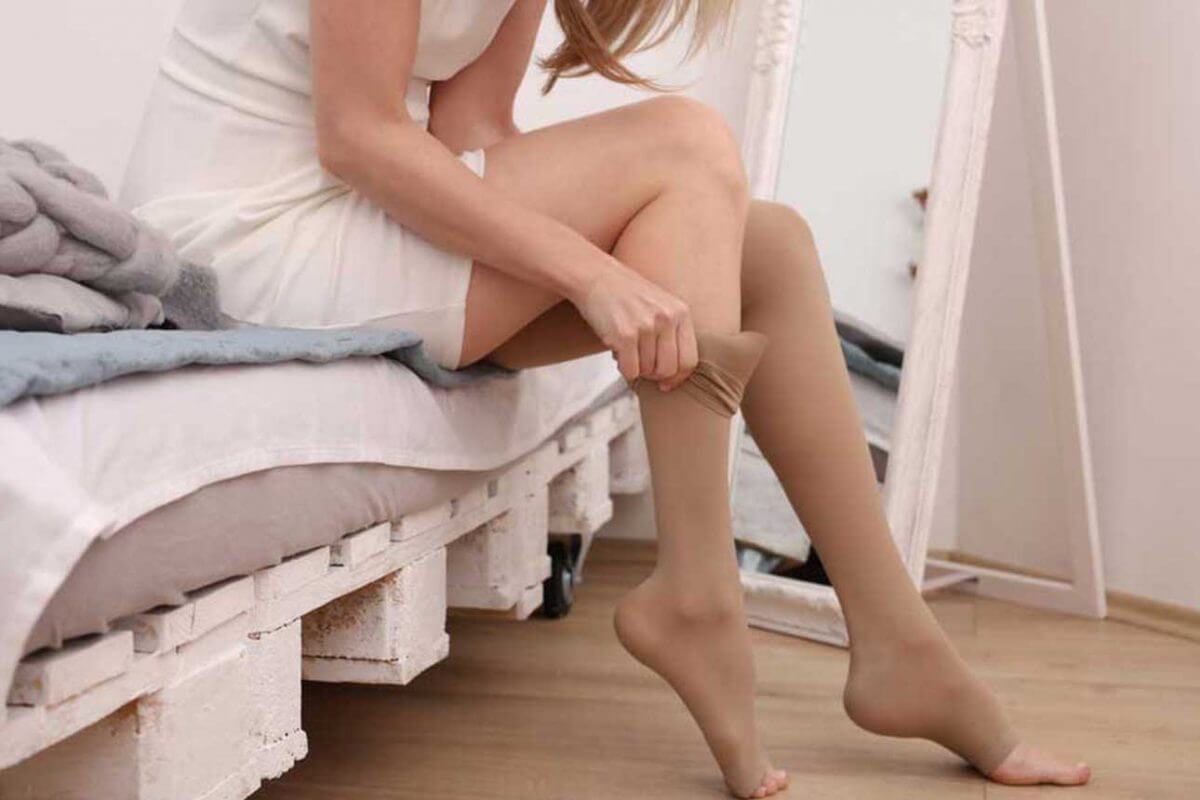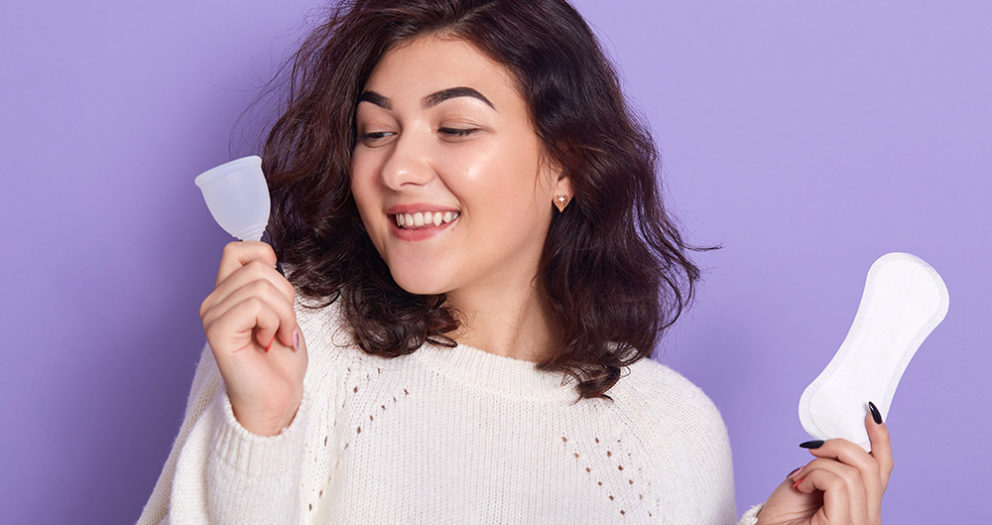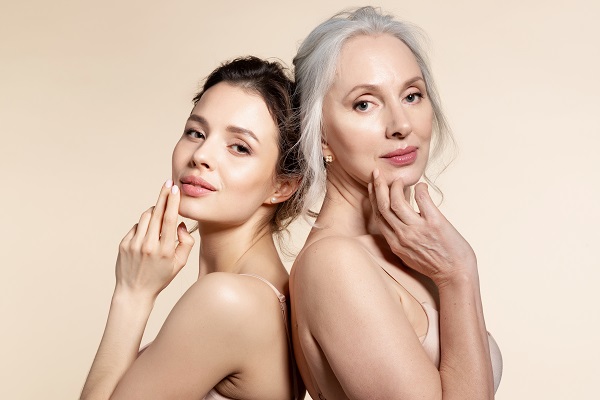When talking about legs and veins, prevention would appear to be the most effective treatment. It is important not to underestimate what might be considered blemishes, because they are normally associated with microcirculation problems and act as an alarm bell for the possible onset of more serious conditions.
We are talking about problems that, especially in women, present with cellulite and that with age may result in considerable oedema and swelling, particularly at the ankles. Therefore, before ending up with pains and swollen ankles, particularly in the spring and summer, it is advisable to take action to strengthen the venous tissues during the winter.
Advices
The first advice that a doctor gives will always be to exercise: depending on personal possibilities, it is fundamentally important to make time for a walk, swim or bicycle ride/exercise bike workout. If you have the chance, exploit the benefits of seawater, which reduces leg swelling naturally, thanks to the presence of salt. Making an effort to exercise for a couple of weeks will bring rapid benefits and lymphatic relief, with an immediate sensation of lightness.
The second essential point: if we are overweight, is to lose a few kilos. And here, in addition to exercise, diet plays a key role. This means taking in manganese, which is found in soya, chestnuts, blackcurrants, beetroot and ginger and is ideal for kick-starting the metabolism and warding off seasonal colds. In addition to manganese, we also need cobalt, which provides relief from heavy legs and prevents the veins from dilating.
Minerals
This mineral is found in mushrooms, radishes, white cabbage and broccoli. While we are on the subject of diet, we must forget about salt for a long time: although it brings great benefits when applied externally, because it “draws out fluids”, when ingested, it retains waste products and fluids inside our body. This makes it important to drink plenty of water and to avoid condiments containing saturated fatty acids like butter and foods that increase LDL (or “bad”) cholesterol like cured meats, seafood, red meat, whole milk and their derivatives, which also have a more detrimental effect on arterial circulation; industrially-processed desserts, white sugar and alcohol.
The rest are very simple tips. Thirdly – one of the easiest things to do – sleep with your legs raised, in other words with a pillow under your feet; this helps to boost peripheral circulation, by favouring venous return towards the heart.
Compression stockings: let’s be clear about this, not those that allow you to “drop two dress sizes”, rather those that can be bought in medical supply stores, behind specialist advice, which thanks to their graduated compression, support the weight on our legs and aid circulation. Using them all winter means having healthy legs when the warm weather arrives, without having to wear hosiery during the summer (which can be very uncomfortable).
These are all well-known, common sense solutions but ones we should bear in mind as essential points if we want to improve the health of our legs, and why shouldn’t we? It even brings cosmetic benefits.






